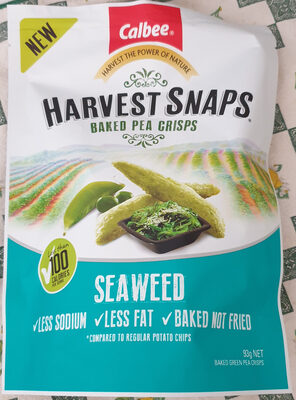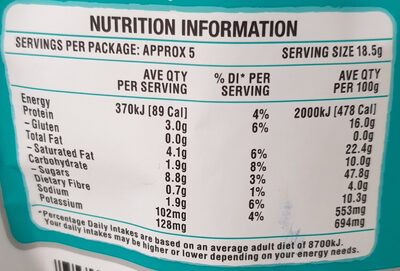Calbee - Harvest Snaps
This product page is not complete. You can help to complete it by editing it and adding more data from the photos we have, or by taking more photos using the app for Android or iPhone/iPad. Thank you!
×
Barcode: 9351585000208 (EAN / EAN-13)
Quantity: Harvest Snaps
Packaging: Plastic
Brands: Calbee
Categories: Snacks
Labels, certifications, awards: Vegetarian, Vegan
Origin of ingredients: Thailand
Manufacturing or processing places: Thailand
Link to the product page on the official site of the producer: https://www.google.com/url?sa=t&source=w...
Stores: Woolworths
Matching with your preferences
Report a problem
Data sources
Product added on by openfoodfacts-contributors
Last edit of product page on by roboto-app.
Product page also edited by off.48387884-4d0d-464f-b80b-1bf9e913cda6, packbot.












